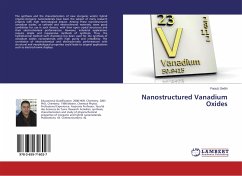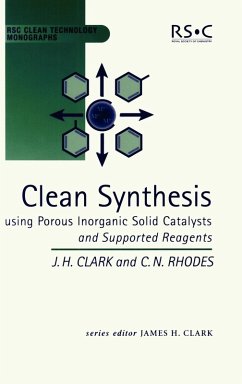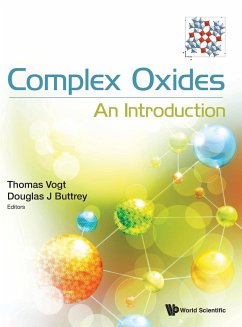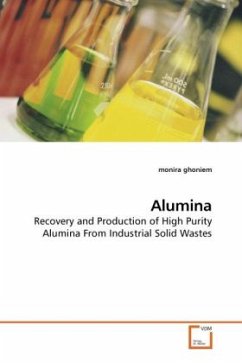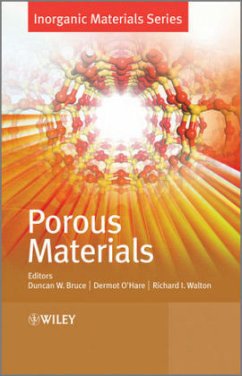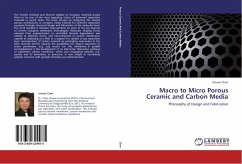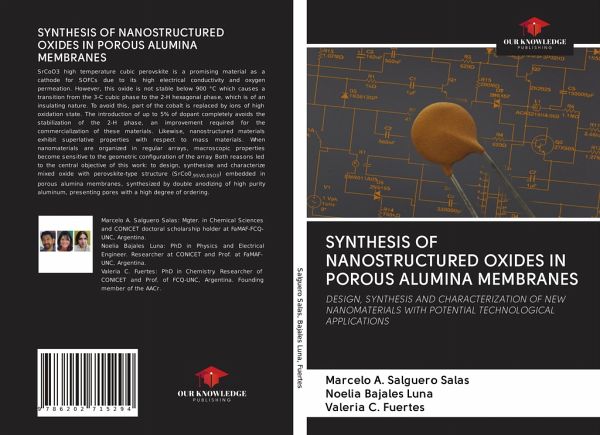
SYNTHESIS OF NANOSTRUCTURED OXIDES IN POROUS ALUMINA MEMBRANES
DESIGN, SYNTHESIS AND CHARACTERIZATION OF NEW NANOMATERIALS WITH POTENTIAL TECHNOLOGICAL APPLICATIONS
Versandkostenfrei!
Versandfertig in 1-2 Wochen
25,99 €
inkl. MwSt.

PAYBACK Punkte
13 °P sammeln!
SrCoO3 high temperature cubic perovskite is a promising material as a cathode for SOFCs due to its high electrical conductivity and oxygen permeation. However, this oxide is not stable below 900 °C which causes a transition from the 3-C cubic phase to the 2-H hexagonal phase, which is of an insulating nature. To avoid this, part of the cobalt is replaced by ions of high oxidation state. The introduction of up to 5% of dopant completely avoids the stabilization of the 2-H phase, an improvement required for the commercialization of these materials. Likewise, nanostructured materials exhibit sup...
SrCoO3 high temperature cubic perovskite is a promising material as a cathode for SOFCs due to its high electrical conductivity and oxygen permeation. However, this oxide is not stable below 900 °C which causes a transition from the 3-C cubic phase to the 2-H hexagonal phase, which is of an insulating nature. To avoid this, part of the cobalt is replaced by ions of high oxidation state. The introduction of up to 5% of dopant completely avoids the stabilization of the 2-H phase, an improvement required for the commercialization of these materials. Likewise, nanostructured materials exhibit superlative properties with respect to mass materials. When nanomaterials are organized in regular arrays, macroscopic properties become sensitive to the geometric configuration of the array. Both reasons led to the central objective of this work: to design, synthesize and characterize mixed oxide with perovskite-type structure (SrCo0,95V0,05O3) embedded in porous alumina membranes, synthesized by double anodizing of high purity aluminum, presenting pores with a high degree of ordering.




